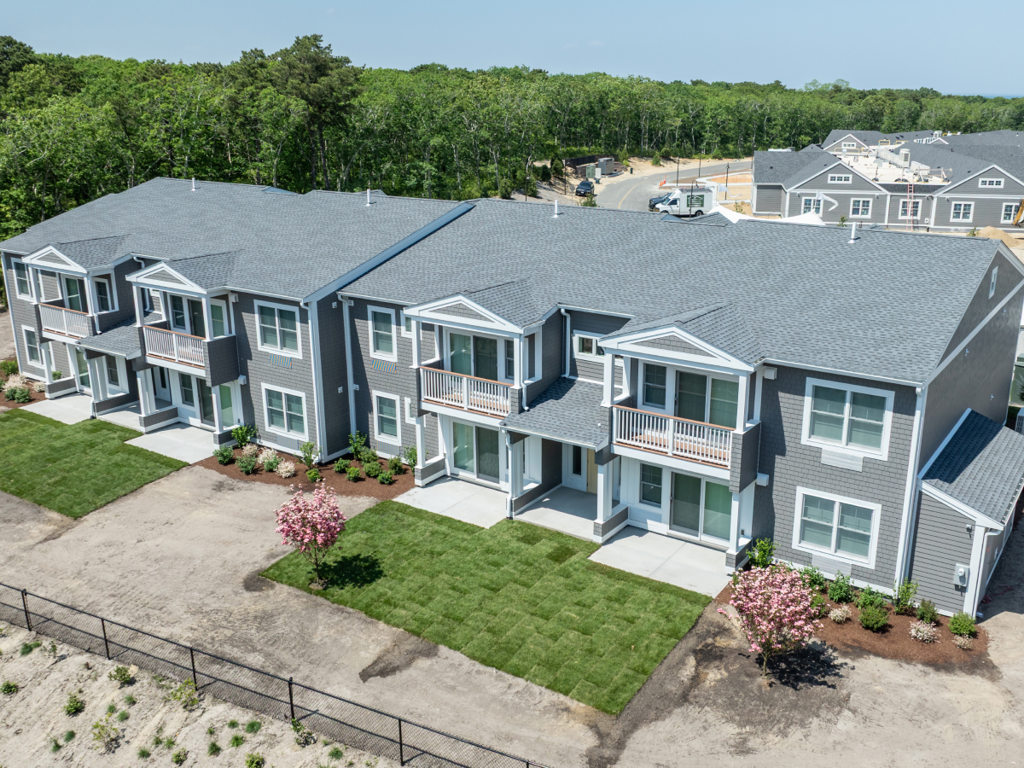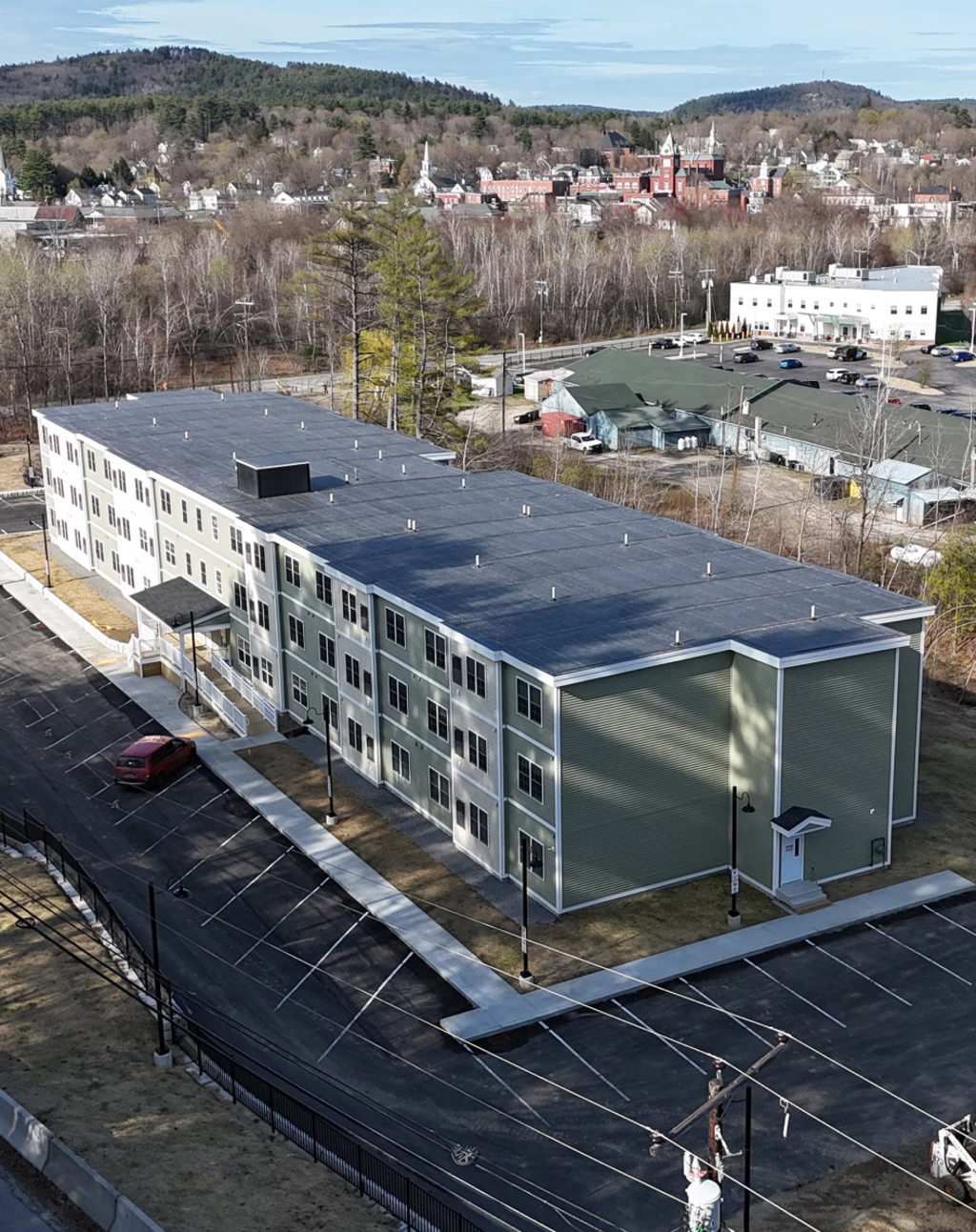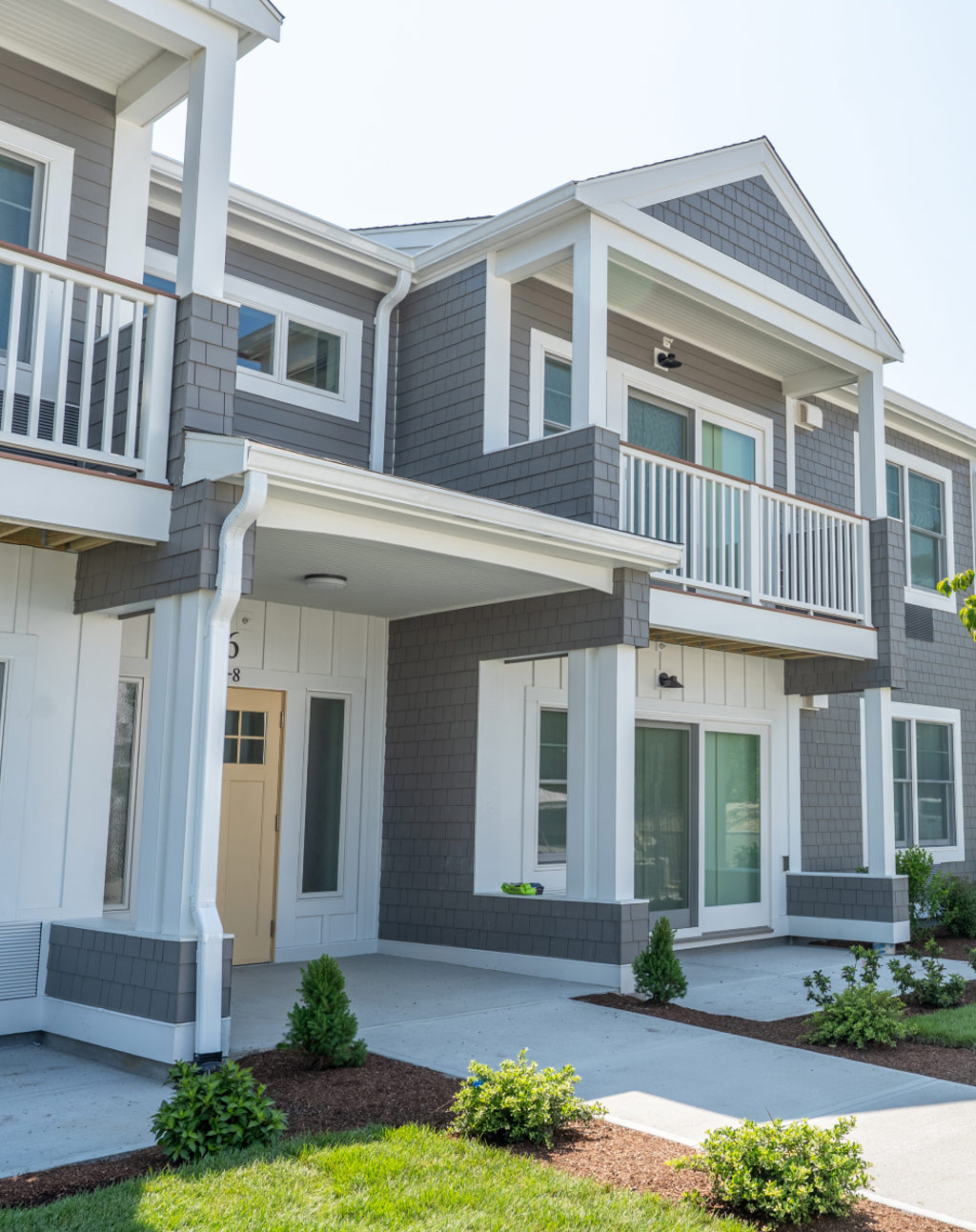Why Modular Construction Is the Future of Workforce Housing

Across the U.S., communities need more attainable homes for middle-income earners — teachers, healthcare staff, hospitality workers, and first responders. The supply gap keeps growing, and long, weather-exposed build cycles only make delivery more complicated.
Modular workforce housing changes the equation by moving most of the work into a controlled factory environment, compressing schedules, reducing community disruption, and delivering predictable outcomes that developers can bank on.

Why Workforce Housing Needs a New Playbook
Workforce housing targets households around 60–120% of area median income (AMI) — people who don’t qualify for deeply subsidized units but are priced out of many markets. Demand keeps rising while entitlements and site conditions get tougher. Moving most of the work indoors removes the big variables — weather, trade stacking, and material exposure — so you can add units near jobs with fewer surprises and a cleaner critical path.

What Makes Modular Ideal for Workforce Housing
Faster completion with an off-site manufacturing process
Site work and manufacturing run in parallel, cutting months off the schedule — often 30-50% — so lease-up and community impact start sooner.
Cost certainty that reduces risk
We lock pricing for roughly 90% of the building’s modular scope at contract. Fewer change orders. Clearer pro formas. Easier conversations with lenders and partners.
Factory-controlled quality and energy performance
Indoor framing and repeatable details produce tighter envelopes, straighter walls, and consistent fit and finish across every unit. That translates into durability and easier operations.
Less disruption in the neighborhoods you’re serving
Shorter set times and fewer trades on-site mean reduced noise, traffic, and safety risks — critical in infill and campus settings.
Resilience to labor constraints
In a tight labor market, a manufacturing-first approach limits on-site variables and keeps the schedule moving even when local trade availability shifts.
Where Modular Workforce Housing Shines
Urban infill near employment hubs
Add units where people already work — without tying up the block for months. Short set windows, fewer deliveries, and a cleaner site mean less traffic control and fewer complaints while you build homes faster.
Hospital and university adjacencies
Mid-rise buildings with repeatable, code-compliant unit types help house nurses on rotating shifts and faculty on academic calendars. Standardized MEP runs and finishes keep quality consistent from floor to floor.
Public–private partnerships
Clear scope and fixed modular pricing up front streamline buy-in from cities, housing authorities, lenders, and employer partners. When everyone sees the same schedule and number, decisions move.
Rural and seasonal markets
Weather and long subcontractor drives don’t have to stall delivery. Factory production keeps work moving, and coordinated transport/crane sets bring predictable, big-city quality to hard-to-staff locations.
How RC2 Helps You Build On with Predictability at Scale
RC2 applies advanced manufacturing to multifamily at scale. Backed by the Ritz-Craft legacy, we operate four facilities in PA and MI totaling 1,560,000 sq. ft., serving 30+ states.
In-house logistics through Ritz-Trans and a single point of accountability mean fewer handoffs, tighter control, and a clearer path to opening day, so you can build with confidence where homes are needed most.
Workforce housing needs more than good intentions — it needs a delivery model that’s faster, safer, and built for cost certainty. RC2 brings manufacturing precision to multifamily so you can Build On with confidence and deliver attainable homes where they’re needed most.
Ready to move from concept to certainty? Schedule a call with RC2 today.
